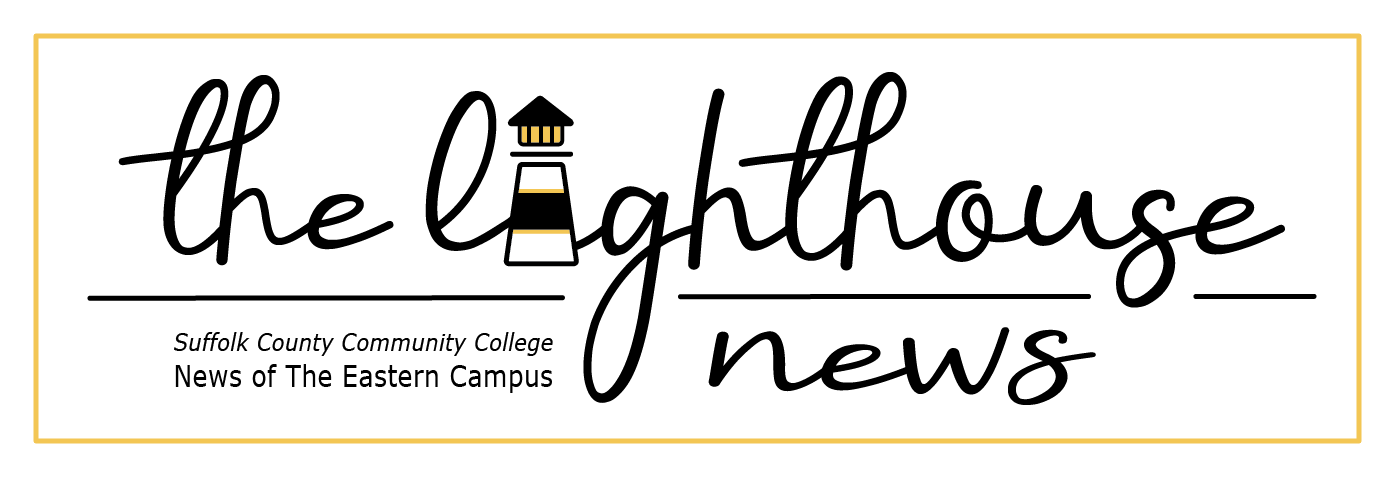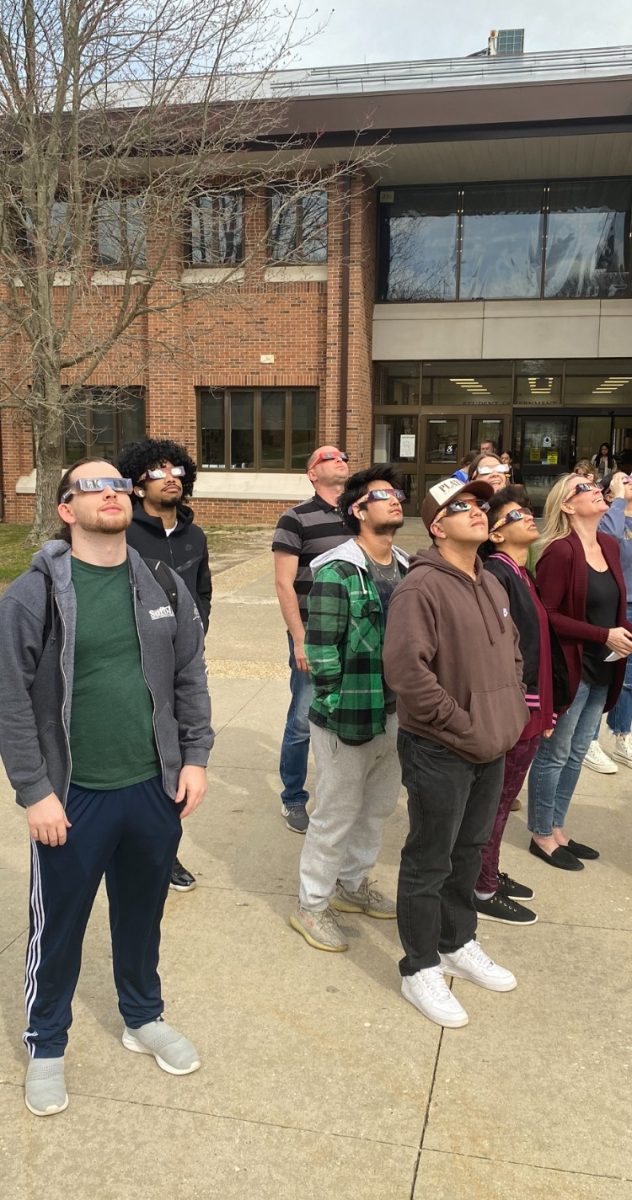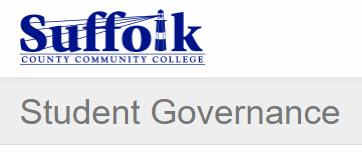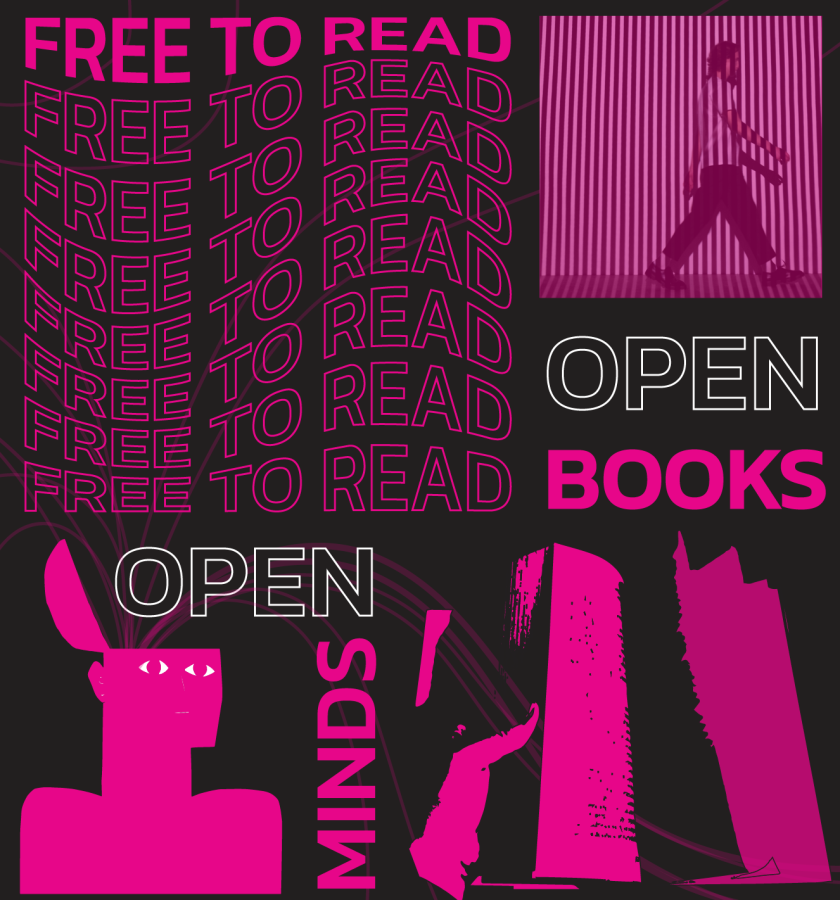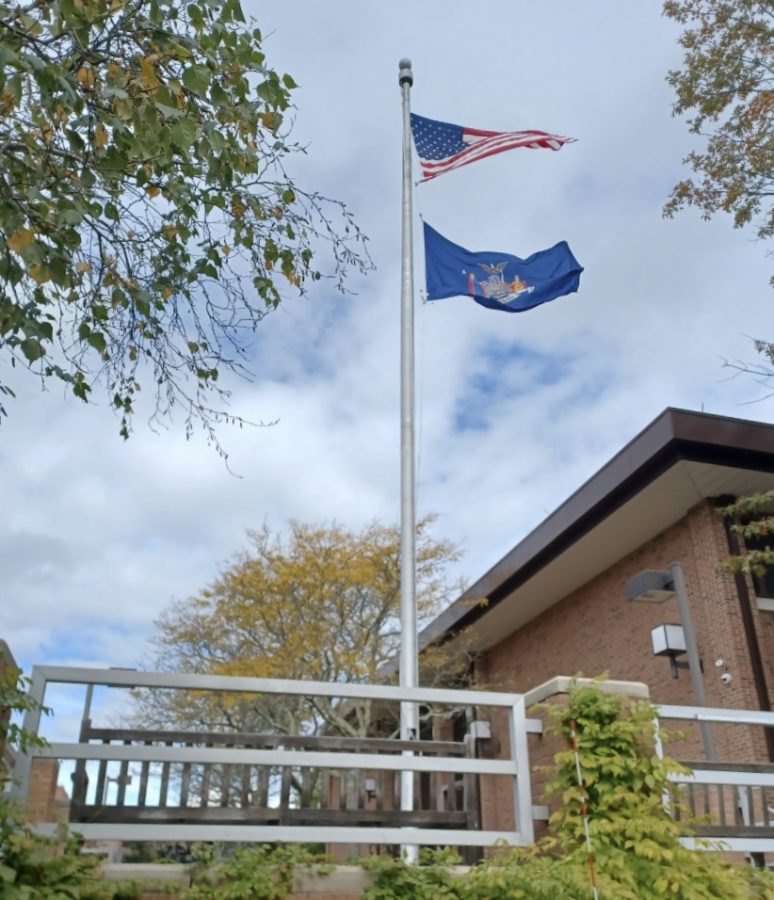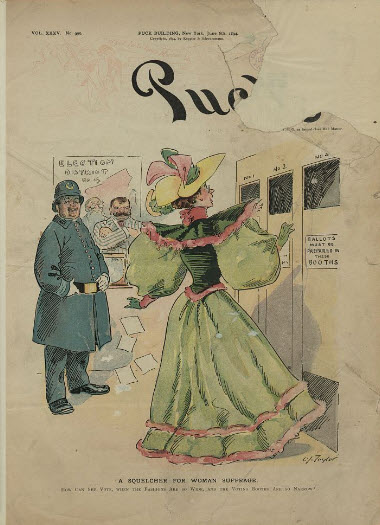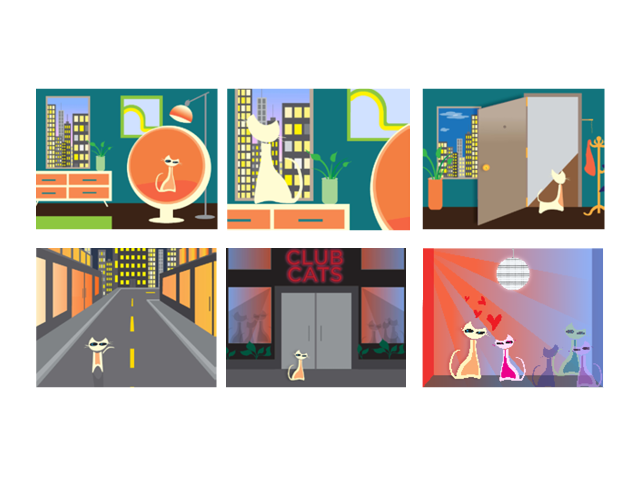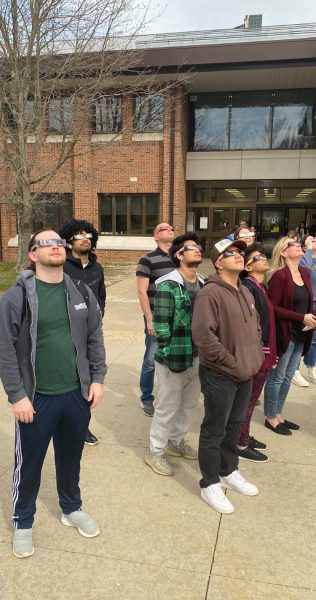A Closer Look at D2L Brigthspace
This semester, fall 2022, Suffolk Community College transitioned to a new learning management system, or LMS: Brightspace by D2L.
D2L, or Desire2Learn, is a worldwide company, and was founded in Canada in 1999. As written on the company’s website, “D2L is a global learning innovation company helping organizations reshape the future of education and work.” Brightspace is one of D2L’s products.
The LMS Suffolk last utilized, as some students and most faculty will be aware, was Blackboard Learn.
At the time of this writing, Suffolk’s contract with Blackboard has not yet expired; however, it is set to expire in December of this year, specifically December 21st, according to Assistant Dean of Distance Education Dr. Camille Karlson. Until the expiration date, faculty may copy courses from Blackboard onto Brightspace.
Why did Suffolk transition to Brightspace, especially considering that the contract with Blackboard had not yet expired?
SUNY was required to develop and submit a request for proposals for a new learning management system. As noted on SUNY’s website, this work began as early as November 2018. According to Karlson, “At the time, Blackboard was not able to give information if they would be extending the contract and how much that would cost.”
Dr. Karlson notes that the change to Brightspace wasn’t so much because of the differences in the two platforms as it was the need for a platform.
“We didn’t want to be in a situation where we would have no learning management system.” So Suffolk, and SUNY more broadly, committed to Brightspace.
Despite the similarities of the two platforms, some differences have been noticed by faculty and students.
For instance, full-time student Houston, 21, notes the difference in the appearance of the user interfaces. “It looks [very] different,” he emphasized. This may be due to what Karlson observes is a more horizontal orientation on Brightspace and a more vertical orientation on Blackboard. Brightspace may also have a “cleaner” look.
In addition, the author of this article, a student, noticed that a learner’s grade on a given assignment won’t always be displayed to them, even if it has already been graded by the professor. This is a problem experienced by faculty, as well.
The problem from a faculty point of view, notes Adjunct Instructor of Political Science Dr. Annelies Kamran, is that it is difficult to disclose to students their grade on a given assignment or quiz. The default setting on Brightspace appears to be that the grade is hidden from students until the professor turns off the setting. In reference to the quizzes she uses in her classes, Kamran says, “[the quizzes] default to not giving students transparency, not showing [students] how they did. It’s all very opaque.”
According to Kamran, who is teaching three classes this semester, two of which are the same subject, the setting has to be changed for each assignment and for each subject. This, she notes, can be tedious.
Another complaint, also noted by Kamran but affecting at least a few other professors, is that it was difficult to transfer course information – lecture videos and slides, for example – from Blackboard to Brightspace.
As far as positive aspects of Brightspace, Karlson notes a few different features. For instance, on Brightspace there is the option for students to submit videos or audio recordings as assignments. In addition, Brightspace’s intelligent agents create reminders for assignments, as well as track course progress. There is also a virtual classroom built into the platform.
The essential function of the two platforms, however, may be essentially the same.
For further information on Brightspace, Dr. Karlson may be contacted at either [email protected] or [email protected].
